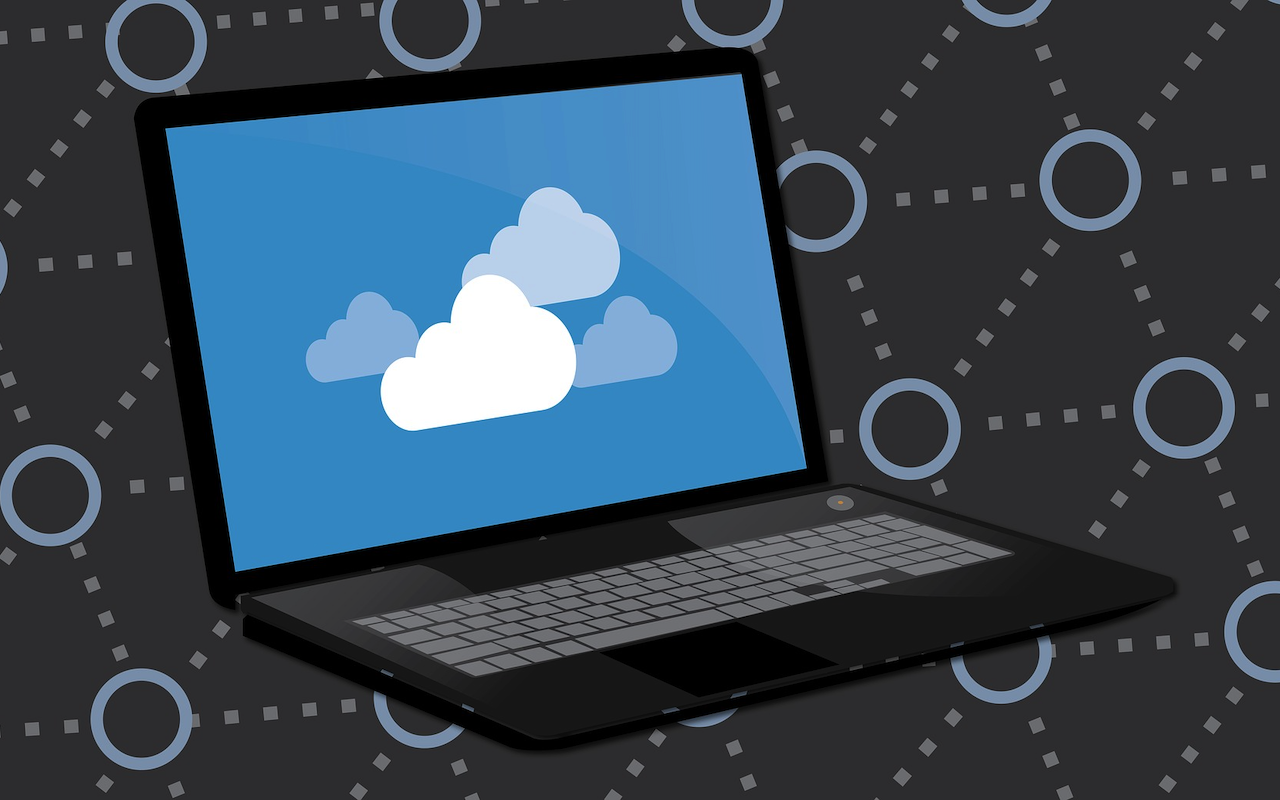
Small businesses are often mindful of their spending and investment decisions, which is essential for long-term sustainability. However, many companies overlook the importance of allocating a proper budget for their IT needs. Without a structured budget, even necessary IT expenses can become financial burdens, leading to inefficiencies and security risks.
To ensure smooth operations and scalability, businesses must invest in essential IT software, services, and equipment while accounting for ongoing maintenance costs. A well-structured IT budget should be divided into two primary categories: Operating Budget and IT Capital Budget.
1. IT Operating Budget
The operating budget covers recurring IT expenses necessary for day-to-day business functions. These include software subscriptions, managed IT services, maintenance, and support.
Essential IT Software and Tools
Small businesses rely on various software solutions to streamline operations, enhance security, and improve productivity. Key software investments should include productivity and collaboration tools such as Microsoft 365, Google Workspace, Slack, and Zoom. Cybersecurity software like Norton, Bitdefender, and LastPass safeguards business data, while cloud storage and backup solutions such as Google Drive, Dropbox, and OneDrive ensure data availability and disaster recovery.
Accounting and finance software like QuickBooks, Xero, or FreshBooks helps manage invoicing, expenses, and payroll efficiently. Customer Relationship Management (CRM) software like Salesforce, HubSpot, and Zoho CRM enable businesses to manage customer interactions and improve sales. Project management tools such as Trello, Asana, and Monday.com help teams stay organized and meet deadlines.
IT Services and Support
Outsourcing managed IT services for small businesses or hiring in-house IT support is crucial for business continuity. Managed IT services provide businesses with 24/7 support, software updates, security monitoring, and troubleshooting. Cloud computing services from providers like Amazon Web Services (AWS), Microsoft Azure, and Google Cloud offer scalable computing resources without requiring expensive on-premises infrastructure. Cybersecurity and compliance services ensure businesses stay compliant with data protection regulations through regular security audits, penetration testing, and compliance assessments.
Maintenance and Upgrades
Regular IT maintenance prevents system failures and cyber threats. Businesses should allocate funds for software updates and licensing fees to ensure all applications remain updated and secure. Hardware repairs and replacements should also be considered for troubleshooting and upgrading devices that experience wear and tear. IT support contracts with consultants or Managed Service Providers (MSPs) help handle network issues, cybersecurity threats, and cloud management.
2. IT Capital Budget
The IT capital budget covers significant one-time purchases and long-term investments in IT infrastructure. Proper allocation ensures businesses can scale operations while maintaining reliability and security.
Workstation and Equipment Costs
Businesses must equip employees with reliable hardware to support productivity. Investments in workstations and laptops from brands like Dell, HP, Lenovo, and Apple ensure employees have the processing power needed for business applications. Monitors, keyboards, and accessories such as dual monitors, ergonomic keyboards, and peripherals enhance workflow efficiency. Printers and scanners remain essential for businesses that require document handling.
Networking Equipment
A strong IT infrastructure relies on efficient networking. Businesses should allocate funds for routers and switches from brands like Cisco, Netgear, and Ubiquiti to ensure seamless connectivity. On-premises servers or network-attached storage (NAS) devices can be useful for businesses requiring local data storage. Uninterruptible Power Supplies (UPS) protect critical IT equipment from power outages and surges.
Security and Backup Infrastructure
Cybersecurity investments prevent data breaches and business disruptions. Businesses should consider firewalls and VPNs from Fortinet, Palo Alto, and Cisco to protect their networks. Data backup solutions using hybrid backup strategies—both cloud-based and local—help ensure business continuity. Access control systems such as biometric or card-based security systems enhance workplace security.
Balancing IT Spending for Business Growth
An effective IT budget balances recurring expenses (Operating Budget) with long-term investments (IT Capital Budget). Small businesses should evaluate their needs, prioritize critical IT solutions, and plan for future scalability.
By strategically investing in software, IT services, equipment, and maintenance, businesses can enhance productivity, strengthen security, and reduce unexpected expenses. A well-planned IT budget ensures that technology becomes an enabler of growth rather than a financial burden.
Share this post
Leave a comment
All comments are moderated. Spammy and bot submitted comments are deleted. Please submit the comments that are helpful to others, and we'll approve your comments. A comment that includes outbound link will only be approved if the content is relevant to the topic, and has some value to our readers.



Comments (0)
No comment